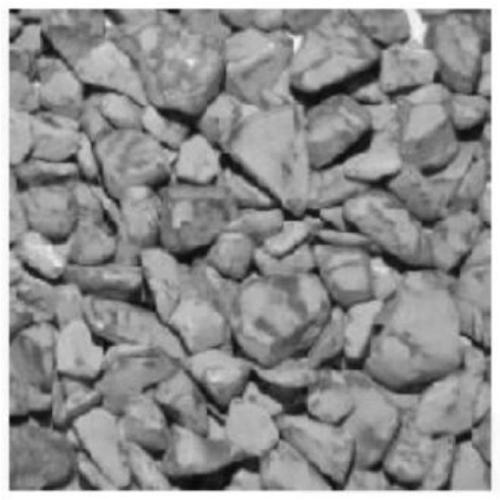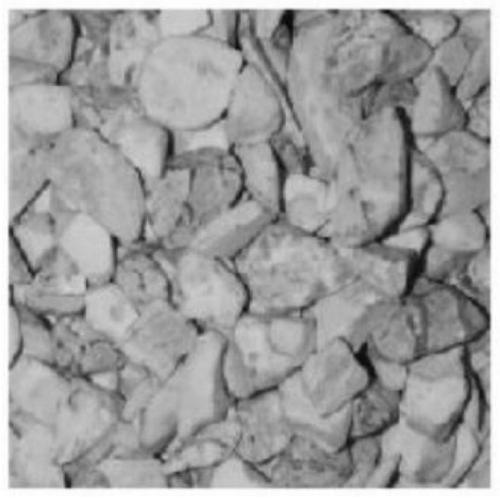Organic-inorganic composite silicate high-temperature-resistant film-forming drilling fluid system
A composite silicate and organosilicate technology, applied in the field of drilling fluid, to achieve the effects of good film quality, good filtration loss reduction, and good plugging performance
- Summary
- Abstract
- Description
- Claims
- Application Information
AI Technical Summary
Problems solved by technology
Method used
Image
Examples
Embodiment 1
[0035] Example 1: The organic-inorganic composite silicate high temperature film-forming drilling fluid system of this example contains methyl silicate with a concentration of 0.2 mol / L and silicate C with a concentration of 0.06 mol / L, and is prepared by the following steps. Obtained: Add the weighed methyl silicate and silicate C to 300 mL of distilled water, stir magnetically for 20 min, put them into a high-temperature reaction kettle with 40 g of cuttings, react at 180 °C for 16 h, and dry After treatment, weigh the mass and observe the film formation on the cuttings surface. See details for details. figure 1 .
Embodiment 2
[0036] Example 2: The organic-inorganic composite silicate high temperature film-forming drilling fluid system of this example, containing 2% organic silane and 1% silicate D by mass fraction, was prepared by the following steps: Add the weighed organosilane and silicate D to 300mL of distilled water, stir magnetically for 20min, put it into a high-temperature reaction kettle with 40g of cuttings, react at 180°C for 16h, and weigh the mass after drying. , and observe the film formation phenomenon on the surface of cuttings, see details figure 2 .
Embodiment 3
[0037] Example 3: The organic-inorganic composite silicate high temperature film-forming drilling fluid system of this example contains methyl silicate with a concentration of 0.2 mol / L and silicate C with a concentration of 0.06 mol / L, and is prepared by the following steps. Obtained: Add the weighed methyl silicate A and silicate C into 300 mL of distilled water, stir magnetically for 20 min, put them into a high-temperature reaction kettle with 40 g of cuttings, react at 220 °C for 16 h, and bake After dry treatment, weigh the mass and observe the film formation on the surface of the cuttings. For details, see image 3 .
PUM
| Property | Measurement | Unit |
|---|---|---|
| modulus | aaaaa | aaaaa |
| modulus | aaaaa | aaaaa |
| modulus | aaaaa | aaaaa |
Abstract
Description
Claims
Application Information
 Login to View More
Login to View More - R&D
- Intellectual Property
- Life Sciences
- Materials
- Tech Scout
- Unparalleled Data Quality
- Higher Quality Content
- 60% Fewer Hallucinations
Browse by: Latest US Patents, China's latest patents, Technical Efficacy Thesaurus, Application Domain, Technology Topic, Popular Technical Reports.
© 2025 PatSnap. All rights reserved.Legal|Privacy policy|Modern Slavery Act Transparency Statement|Sitemap|About US| Contact US: help@patsnap.com



